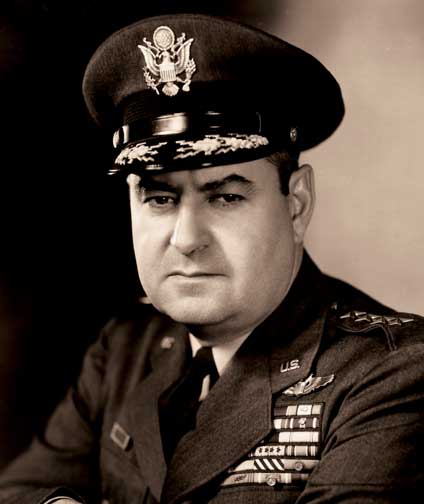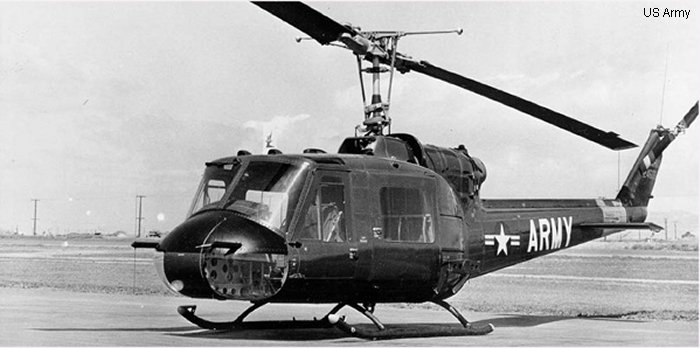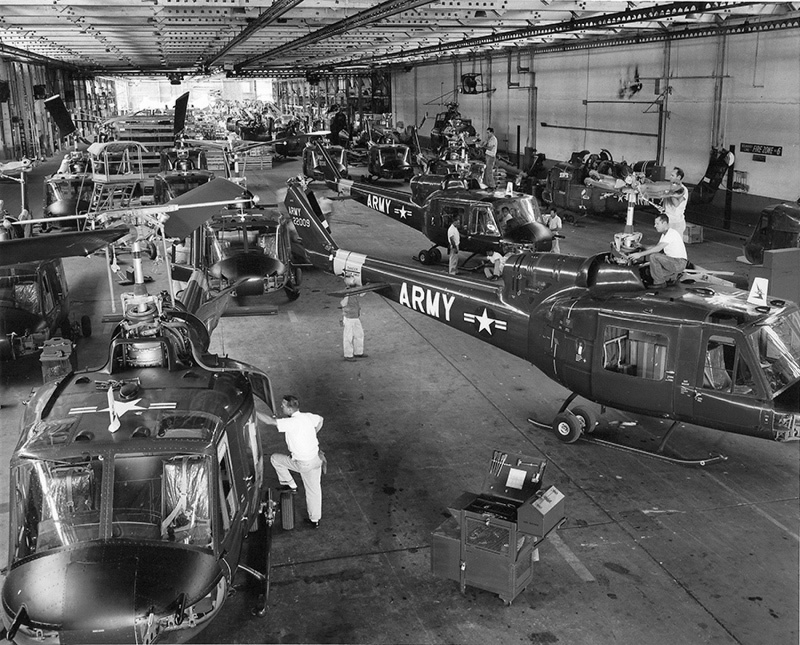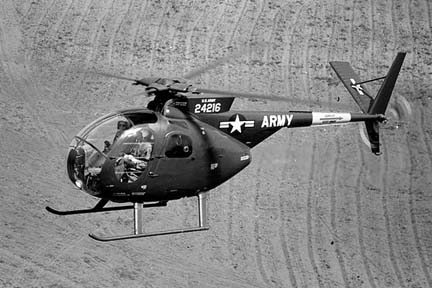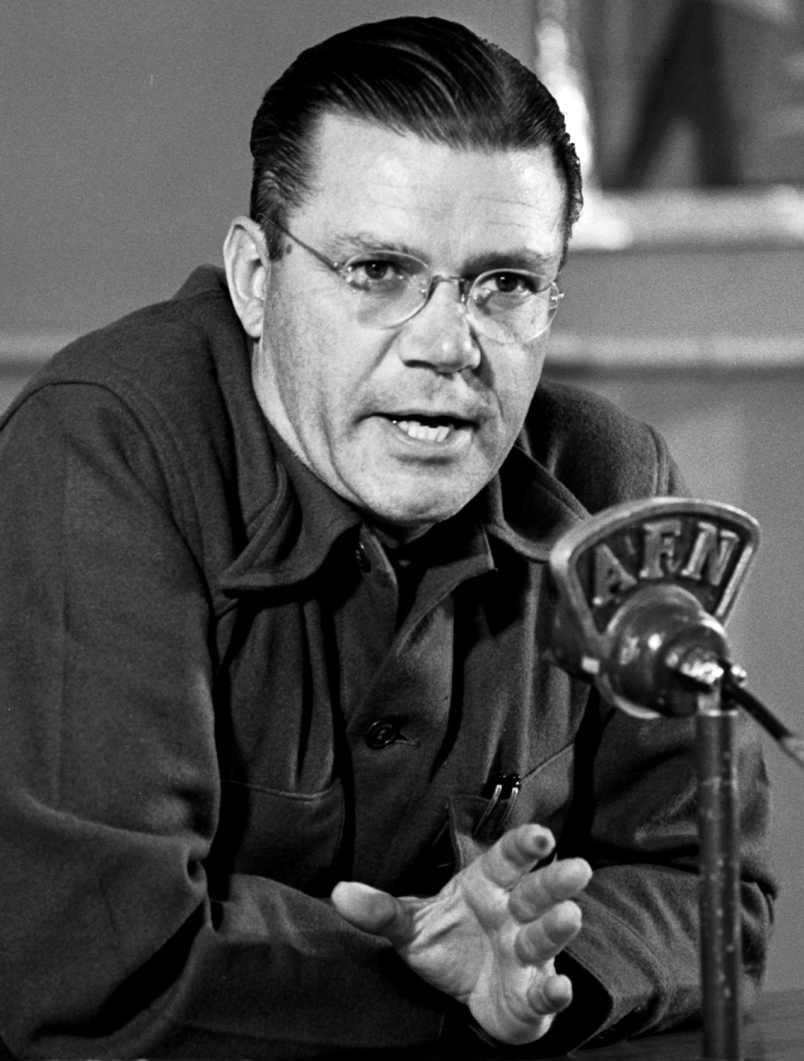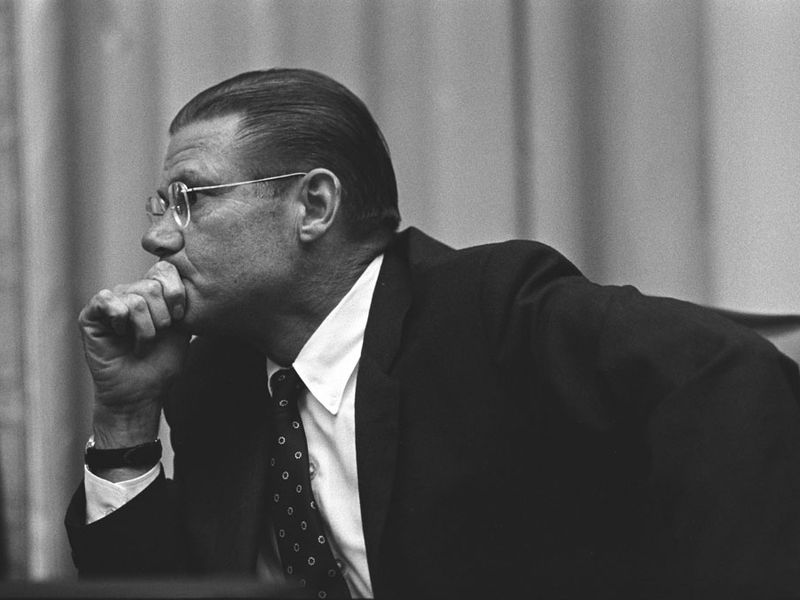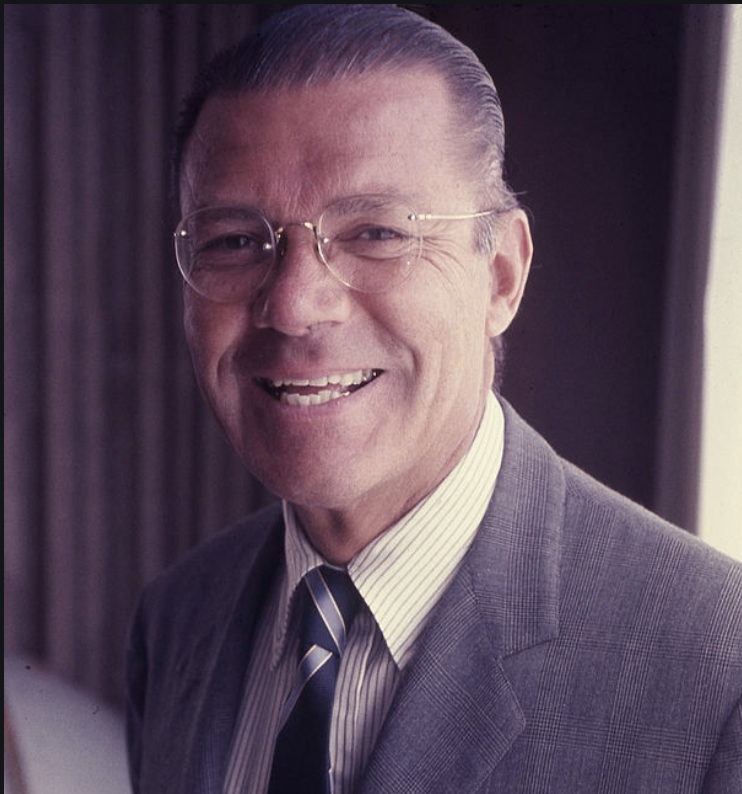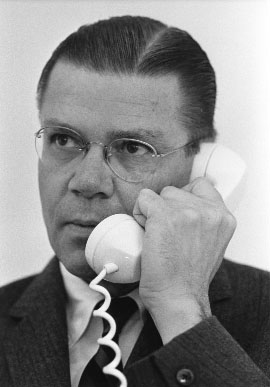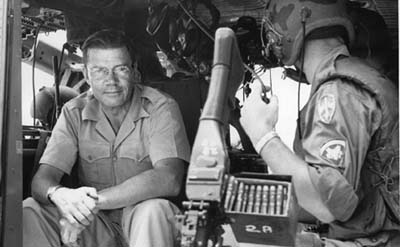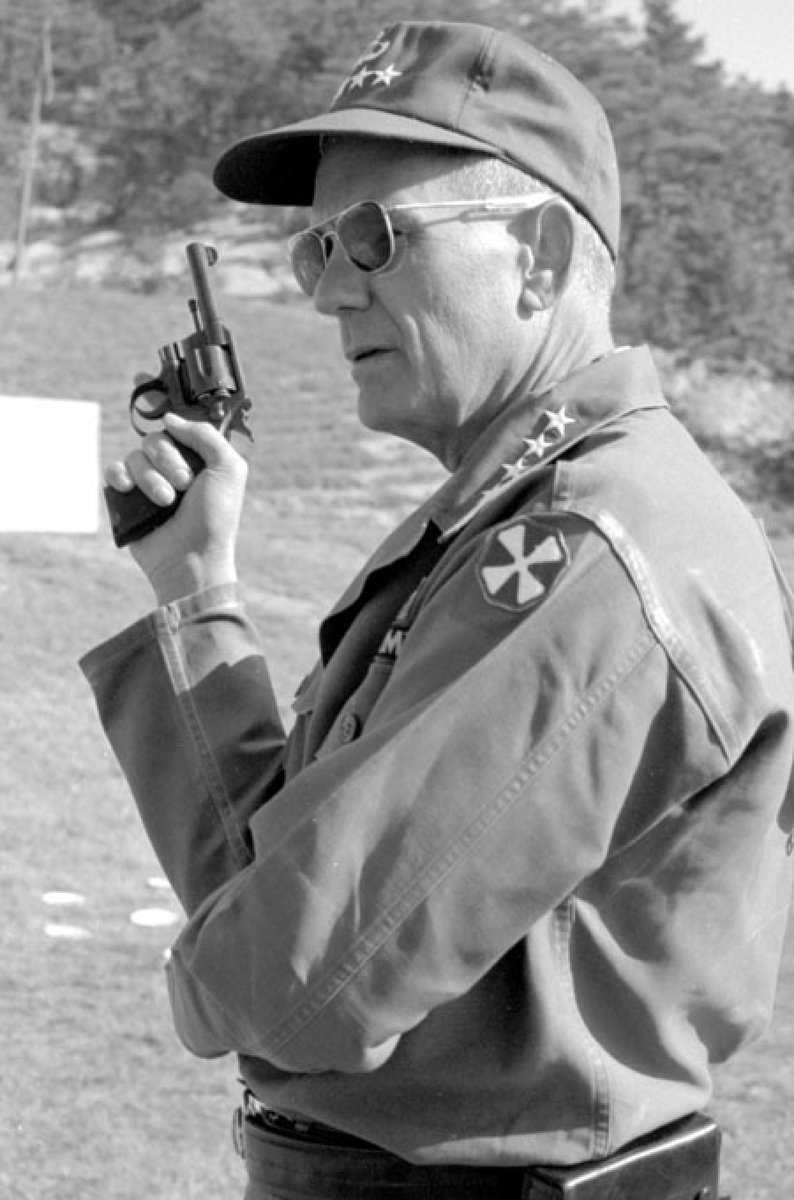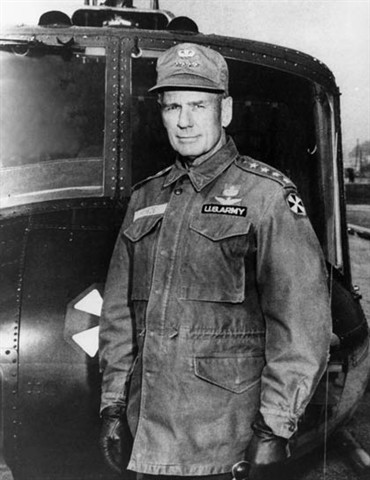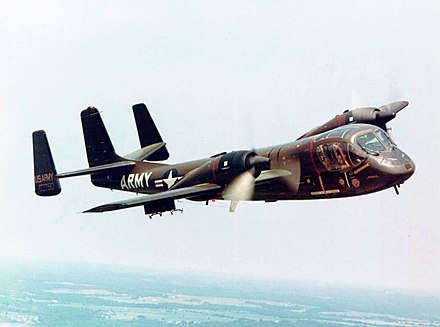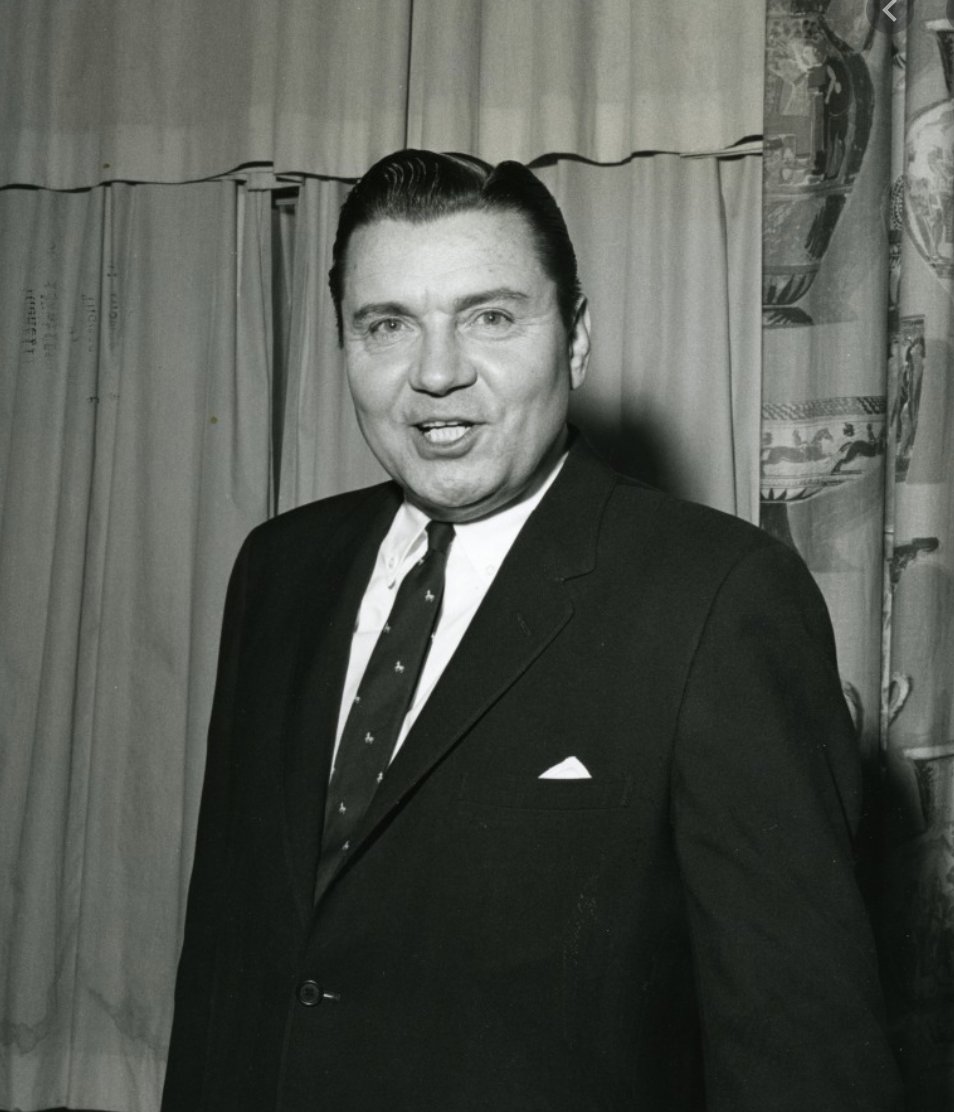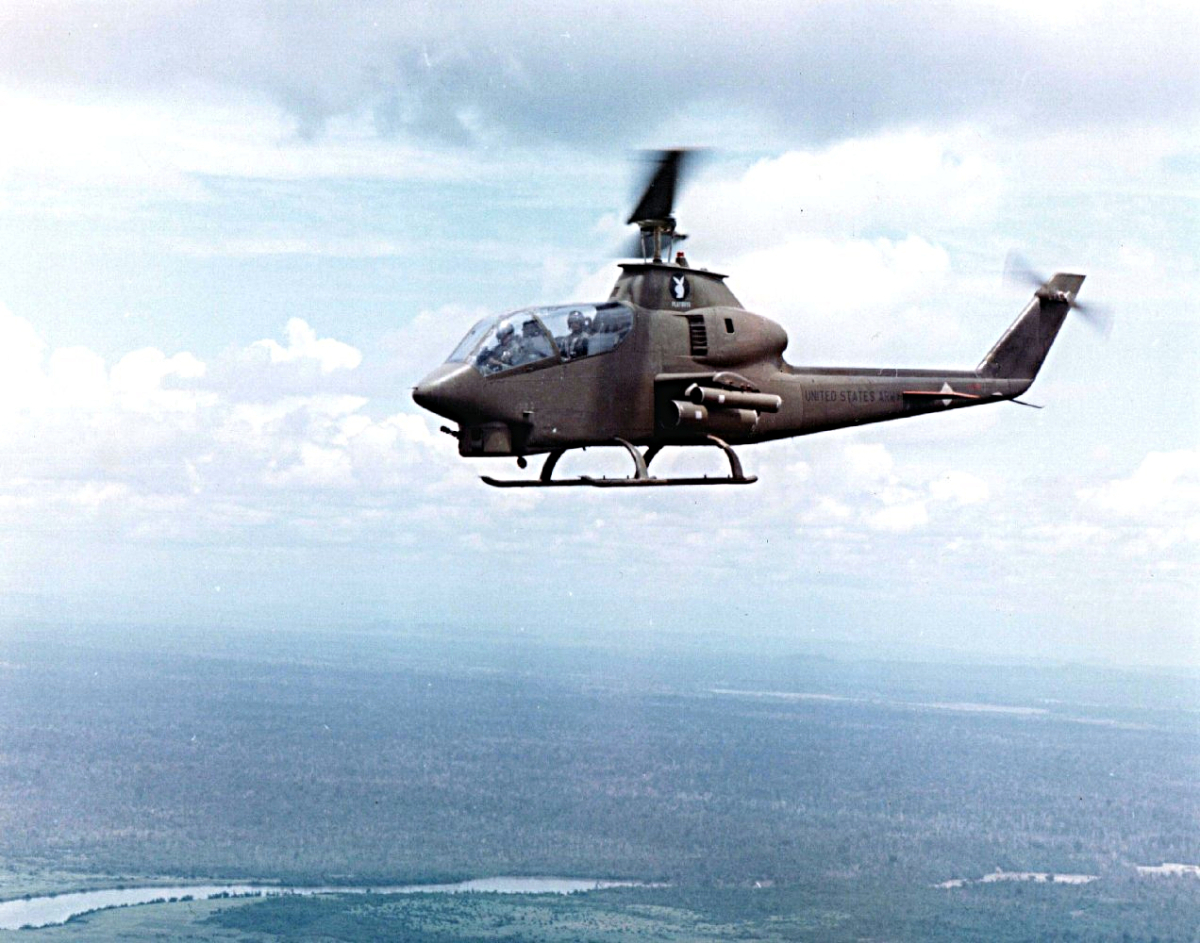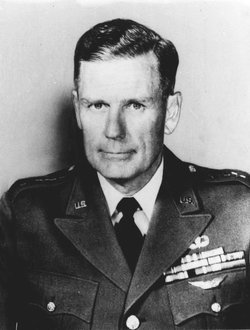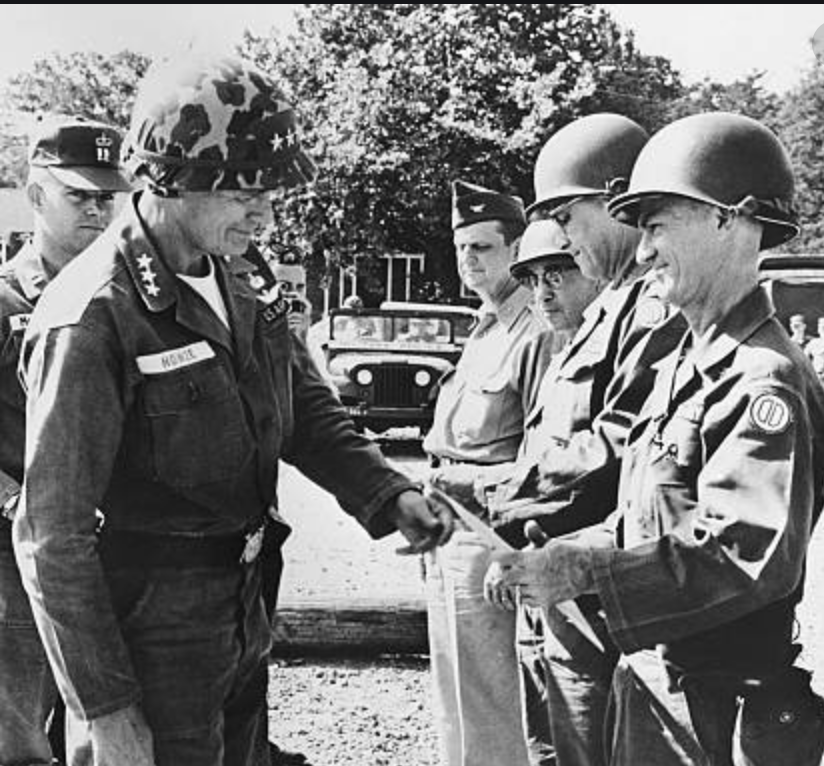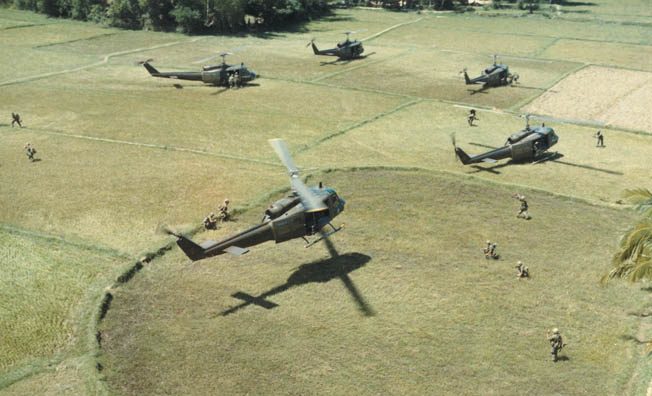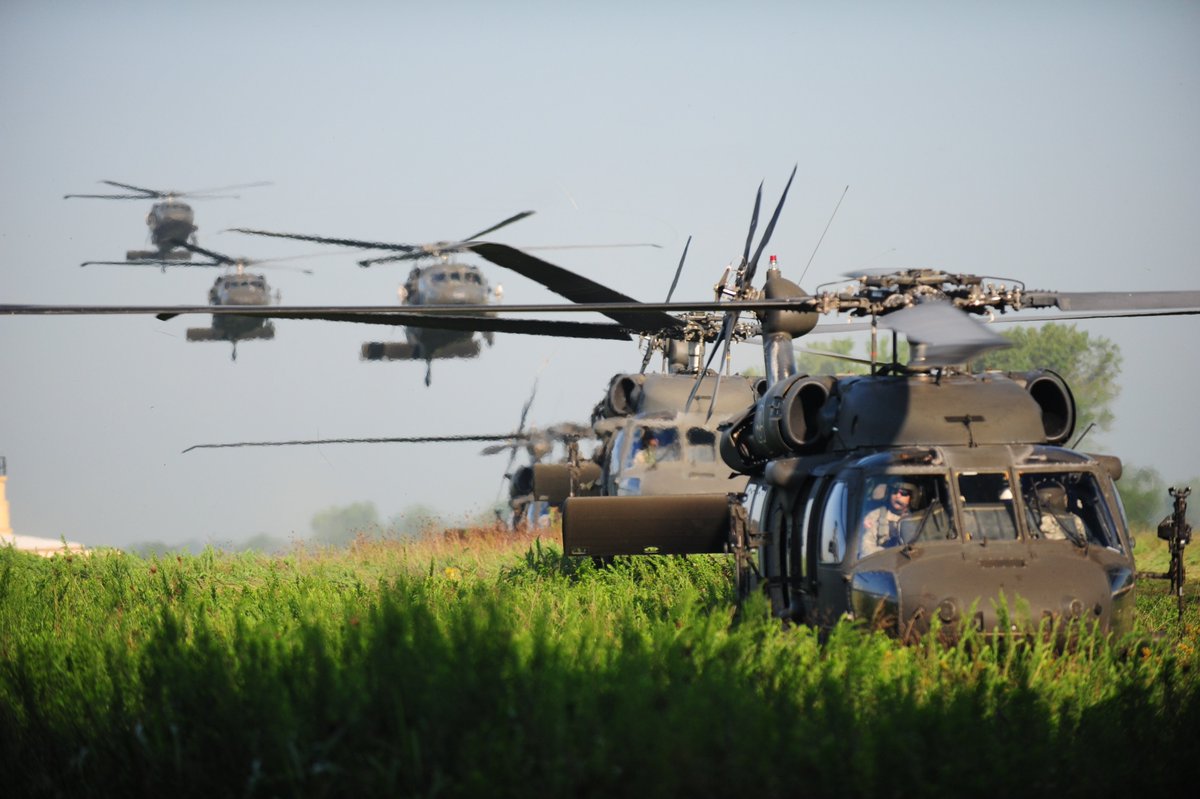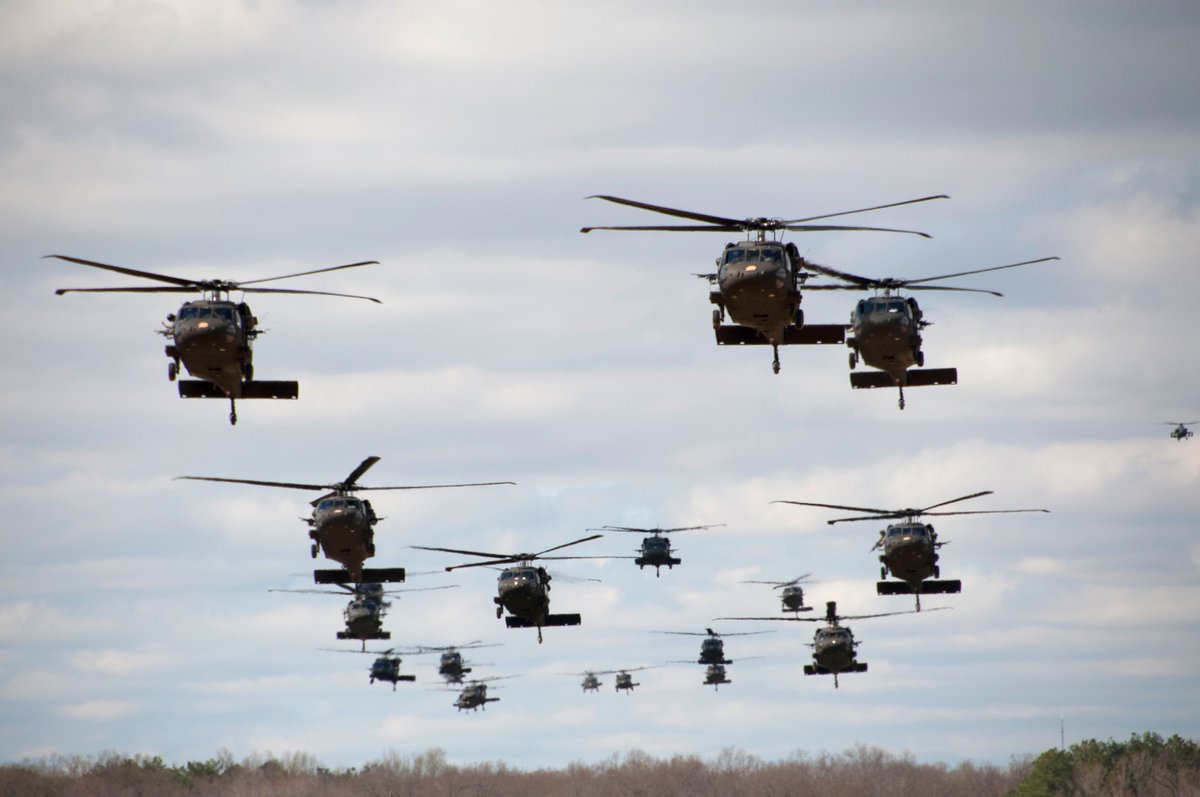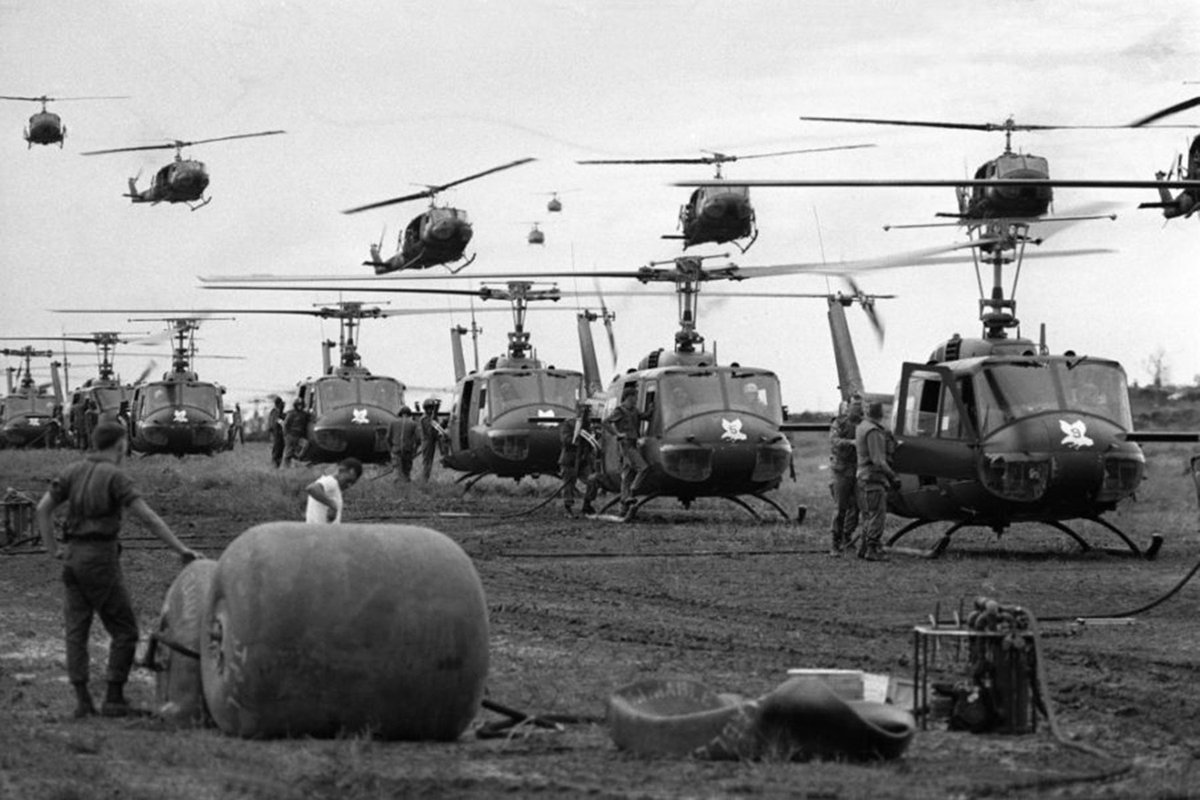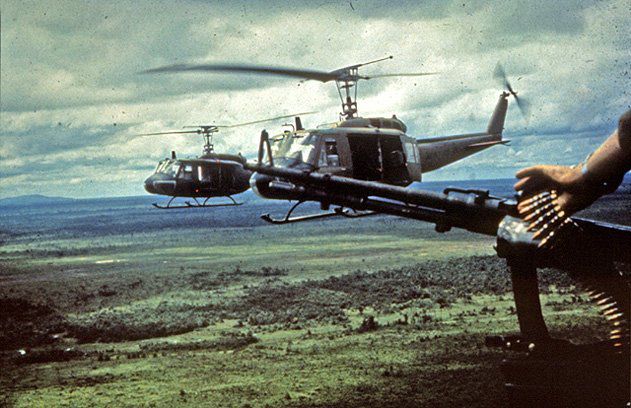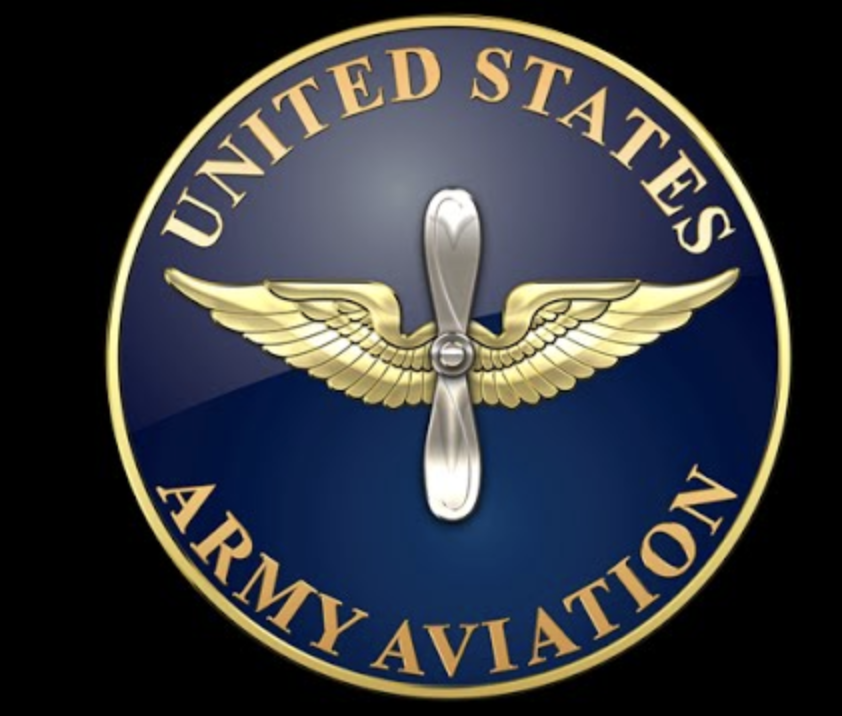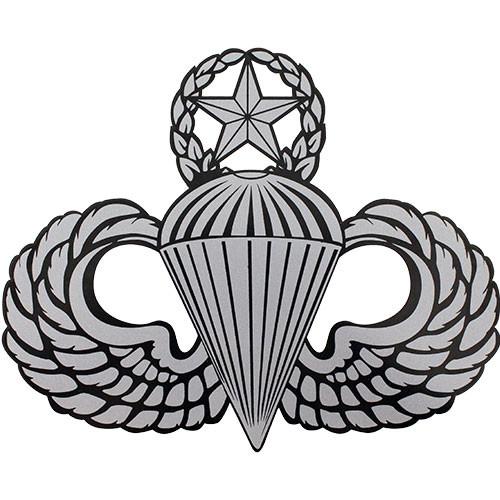1 of 45:
We can’t let Aviation Week™, sponsored by the XVIII Airborne Corps, pass by without a special aviation-focused tweet thread.
We can’t let Aviation Week™, sponsored by the XVIII Airborne Corps, pass by without a special aviation-focused tweet thread.
2 of 45:
Fortunately for you, dear reader, the story of modern Army aviation is one we know better than probably anyone else in the Army today.
Fortunately for you, dear reader, the story of modern Army aviation is one we know better than probably anyone else in the Army today.
3 of 45:
It’s a story of deceitful aviators, enormous egos, political opportunism, backroom deals, and a man named Elvis. So, it’s got all the makings of a good story.
It’s a story of deceitful aviators, enormous egos, political opportunism, backroom deals, and a man named Elvis. So, it’s got all the makings of a good story.
4 of 45:
Let’s get to it.
Let’s get to it.
5 of 45:
1961: As it has been since the close of WWII, the Army is run by the Airborne Mafia, along with infantry and armor officers. Army Aviation is not yet a branch, but the Army does have aviators and aviation advocates.
1961: As it has been since the close of WWII, the Army is run by the Airborne Mafia, along with infantry and armor officers. Army Aviation is not yet a branch, but the Army does have aviators and aviation advocates.
6 of 45:
At this point, air mobility is just a theory. The thinking was that @USAirForce has air transportation, helicopters won’t get you far on the battlefield, and the @USArmy really need just needs tanks. [some people - @Mother_Of_Tanks - still hold this view]
At this point, air mobility is just a theory. The thinking was that @USAirForce has air transportation, helicopters won’t get you far on the battlefield, and the @USArmy really need just needs tanks. [some people - @Mother_Of_Tanks - still hold this view]
7 of 45:
There’s also a growing conflict between the Air Force and the Army on this. The Air Force wants to own everything that flies. The Army wants to own all helicopters.
There’s also a growing conflict between the Air Force and the Army on this. The Air Force wants to own everything that flies. The Army wants to own all helicopters.
8 of 45:
An odd agreement is brokered by DoD whereby the Air Force pilots helicopters over a certain size & weight class and the Army pilots helicopters (like the UH-1B) underneath those restrictions.
An odd agreement is brokered by DoD whereby the Air Force pilots helicopters over a certain size & weight class and the Army pilots helicopters (like the UH-1B) underneath those restrictions.
9 of 45:
[dark, tense music building] Here’s where we introduce some intrigue.
[dark, tense music building] Here’s where we introduce some intrigue.
10 of 45:
There’s a cabal of Army pilots working within the Department of the Army (the Secretariat level, mostly). This secret clique is looking to push air mobility to the forefront in terms of budget, innovation, and strategy.
There’s a cabal of Army pilots working within the Department of the Army (the Secretariat level, mostly). This secret clique is looking to push air mobility to the forefront in terms of budget, innovation, and strategy.
11 of 45:
This is before Army had an aviation branch (it was basically an extra duty). These guys are meeting in basements and smoke-filled backrooms, talking about how they would reshape land power around rotary wing aircraft.
This is before Army had an aviation branch (it was basically an extra duty). These guys are meeting in basements and smoke-filled backrooms, talking about how they would reshape land power around rotary wing aircraft.
12 of 45:
In the brand-new Whiz Kid SecDef (Robert Strange McNamara), they see an opportunity. McNamara, you see, comes to DoD from industry.
In the brand-new Whiz Kid SecDef (Robert Strange McNamara), they see an opportunity. McNamara, you see, comes to DoD from industry.
14 of 45:
This group looks to influence their possible golden goose. Through McNamara loyalists, they get into his ear about the potential for air mobility.
This group looks to influence their possible golden goose. Through McNamara loyalists, they get into his ear about the potential for air mobility.
15 of 45:
McNamara is all like: I love it. I came here to revolutionize the Army, bring it out of WWII and into 20th century. I’m interested.
McNamara is all like: I love it. I came here to revolutionize the Army, bring it out of WWII and into 20th century. I’m interested.
16 of 45:
McNamara turns to the Army and says: give me a study on this subject. I want to know what capabilities we have, what the possibilities are for expansion / innovation, and what gaps we need to fill.
McNamara turns to the Army and says: give me a study on this subject. I want to know what capabilities we have, what the possibilities are for expansion / innovation, and what gaps we need to fill.
17 of 45:
We’re now into early 1962. The Army dutifully and quickly turns around a report and sends it in. The report is a piece of crap. It basically calls for evolutionary change, more studies, more bureaucracy, and little action.
We’re now into early 1962. The Army dutifully and quickly turns around a report and sends it in. The report is a piece of crap. It basically calls for evolutionary change, more studies, more bureaucracy, and little action.
18 of 45:
McNamara is frustrated. For him, the Army is not going fast enough and traditional / conservative thinking is blocking his attempts to modernize.
McNamara is frustrated. For him, the Army is not going fast enough and traditional / conservative thinking is blocking his attempts to modernize.
19 of 45:
McNamara thinks that air vehicles closer to the ground will provide a quantum leap in effectiveness of ground troops, particularly in places like south Vietnam where terrain limits ground movement.
McNamara thinks that air vehicles closer to the ground will provide a quantum leap in effectiveness of ground troops, particularly in places like south Vietnam where terrain limits ground movement.
20 of 45:
To fully exploit this capability, McNamara believes, we’ve got to plow through the Army bureaucracy and the limited thinking of the Airborne Mafia.
To fully exploit this capability, McNamara believes, we’ve got to plow through the Army bureaucracy and the limited thinking of the Airborne Mafia.
21 of 45:
McNamara privately tells the aviation cabal: get me some names of innovative Army leaders who get it. The cabal comes back with 8 names. McNamara asks around. He picks a guy who he hears is an eccentric genius.
McNamara privately tells the aviation cabal: get me some names of innovative Army leaders who get it. The cabal comes back with 8 names. McNamara asks around. He picks a guy who he hears is an eccentric genius.
23 of 45:
Howze is already a bit of an oddball: he’s risen to the top of the Army but he’s not part of the Airborne Mafia. He’s a cav guy like @CavRTK. But he’s an avante-garde strategist. McNamara is intrigued.
Howze is already a bit of an oddball: he’s risen to the top of the Army but he’s not part of the Airborne Mafia. He’s a cav guy like @CavRTK. But he’s an avante-garde strategist. McNamara is intrigued.
24 of 45:
April 19, 1962 – McNamara sends a memorandum to the Army, directing the service to launch an exhaustive (but fast-paced) study on the role of Army aviation and aircraft requirements.
April 19, 1962 – McNamara sends a memorandum to the Army, directing the service to launch an exhaustive (but fast-paced) study on the role of Army aviation and aircraft requirements.
25 of 45:
SecArmy Elvis Stahr (incredible name), says “no problem, boss. We’ll pick the right guy and get something back to you.”
SecArmy Elvis Stahr (incredible name), says “no problem, boss. We’ll pick the right guy and get something back to you.”
26 of 45:
McNamara: you don’t understand; I’ve already picked the right guy. Hamilton Howze. He’ll report directly to me.
McNamara: you don’t understand; I’ve already picked the right guy. Hamilton Howze. He’ll report directly to me.
27 of 45:
McNamara went on: I’m going to be incredibly prescriptive [what went without saying is that he did say cuz he didn’t trust the Army leadership to get this right].
McNamara went on: I’m going to be incredibly prescriptive [what went without saying is that he did say cuz he didn’t trust the Army leadership to get this right].
28 of 45:
Paraphrased McNamara continued: Forget past practices and conventional wisdom. Let’s get some fresh ideas.
Paraphrased McNamara continued: Forget past practices and conventional wisdom. Let’s get some fresh ideas.
29 of 45:
And, McNamara continued, you’ll look at these specific areas: Recon, Security and Target Acquisition; Tactical Mobility; Fire Power; Logistics Support; Ops Research; Field Tests; and Budget.
And, McNamara continued, you’ll look at these specific areas: Recon, Security and Target Acquisition; Tactical Mobility; Fire Power; Logistics Support; Ops Research; Field Tests; and Budget.
30 of 45:
Officially the Tactical Mobility Requirements Board, this study is colloquially referred to as the Howze Board. That’s fitting. Because this Hamilton Howze guy take a hammer to Army aviation.
Officially the Tactical Mobility Requirements Board, this study is colloquially referred to as the Howze Board. That’s fitting. Because this Hamilton Howze guy take a hammer to Army aviation.
31 of 45:
Hamilton means business. He starts working right away….like, even before he’s officially approved to start. He means business.
Hamilton means business. He starts working right away….like, even before he’s officially approved to start. He means business.
32 of 45:
They do most of their work on Fort Bragg, but some on Fort Sill. They also visit Southeast Asia.
They do most of their work on Fort Bragg, but some on Fort Sill. They also visit Southeast Asia.
33 of 45:
In less than 5 months, he assembles a team, tests equipment, analyzes the tests, and files a report.
In less than 5 months, he assembles a team, tests equipment, analyzes the tests, and files a report.
34 of 45:
That report is a masterpiece.
That report is a masterpiece.
35 of 45:
Hamilton’s recommendations are far-reaching: sweeping changes in the Army’s aviation program and force structure, Air Cav combat brigades equipped with armed helicopters, and fixed-wing fire support.
Hamilton’s recommendations are far-reaching: sweeping changes in the Army’s aviation program and force structure, Air Cav combat brigades equipped with armed helicopters, and fixed-wing fire support.
36 of 45:
He also recommended an Air assault division, an airmobile division, air transport brigades, the development of an aviation branch, a wider mix of airframes.
He also recommended an Air assault division, an airmobile division, air transport brigades, the development of an aviation branch, a wider mix of airframes.
37 of 45:
McNamara loves it. In fact, he gives the Army an additional 10,000 Soldiers (over and above the Army’s submitted budget) + an additional set of funds to test those ideas in 1963 and 1963!
McNamara loves it. In fact, he gives the Army an additional 10,000 Soldiers (over and above the Army’s submitted budget) + an additional set of funds to test those ideas in 1963 and 1963!
38 of 45:
Many of the ideas reach implementation: airmobility in particular. That idea, of course, lives in within the @101stAASLTDiv.
Many of the ideas reach implementation: airmobility in particular. That idea, of course, lives in within the @101stAASLTDiv.
39 of 45:
Hamilton’s idea of integration of aviation with maneuver lives in on our combat aviation brigades ( @10thCAB, @1stCAB1ID, @3rdCAB). This is basically a manifestation of Hamilton’s recommendation for the air cavalry brigade.
Hamilton’s idea of integration of aviation with maneuver lives in on our combat aviation brigades ( @10thCAB, @1stCAB1ID, @3rdCAB). This is basically a manifestation of Hamilton’s recommendation for the air cavalry brigade.
40 of 45:
One debate lingers from the Howze board: his recommendation that we require an aviation branch vs. the idea that we need to continue with “additional duty aviators” from all the other branches.
One debate lingers from the Howze board: his recommendation that we require an aviation branch vs. the idea that we need to continue with “additional duty aviators” from all the other branches.
42 of 45:
In the 1980s with more complex flying machines like the Apache that require more training, the Army revisits this debate.
In the 1980s with more complex flying machines like the Apache that require more training, the Army revisits this debate.
44 of 45:
One final note: at the time Hamilton Howze wrote that report, the Airborne Mafia, and, to a lesser extent, tankers and leg infantrymen, ran the Army and aviation was not an Army branch.
One final note: at the time Hamilton Howze wrote that report, the Airborne Mafia, and, to a lesser extent, tankers and leg infantrymen, ran the Army and aviation was not an Army branch.

 Read on Twitter
Read on Twitter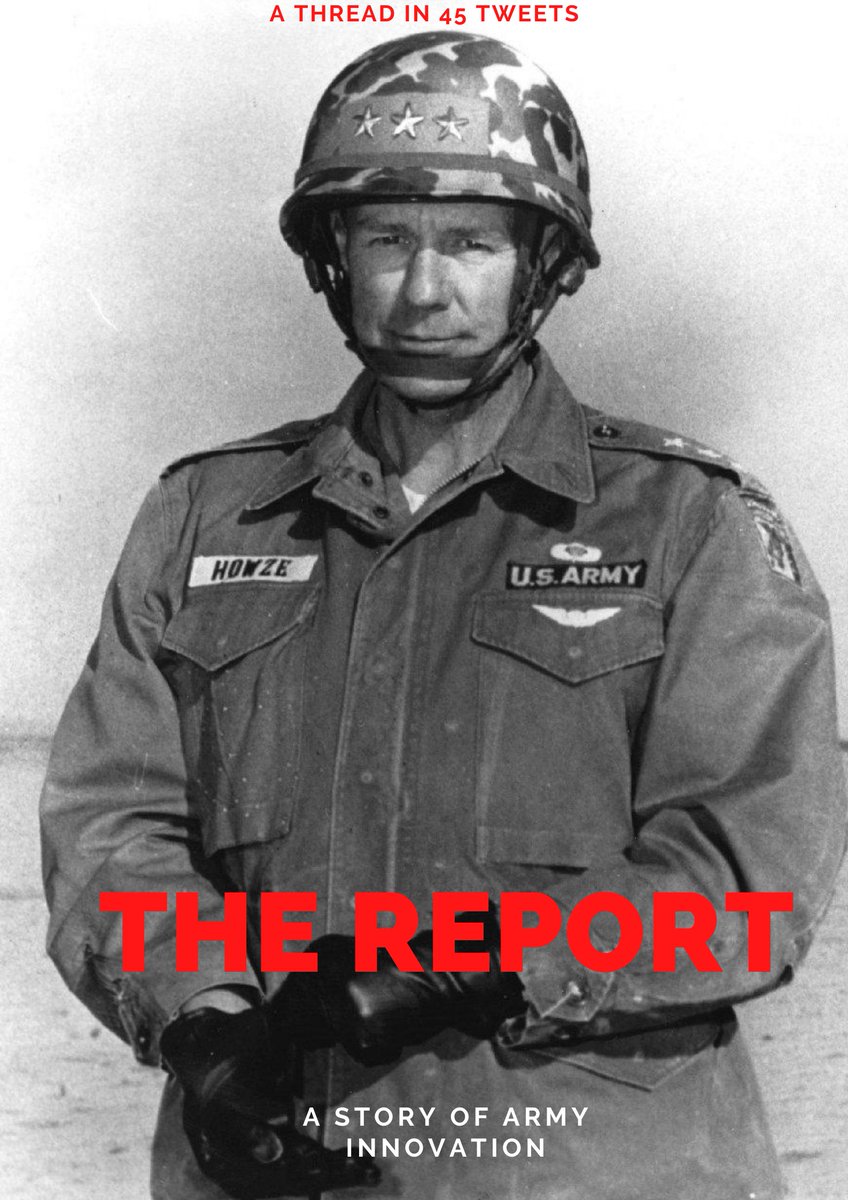
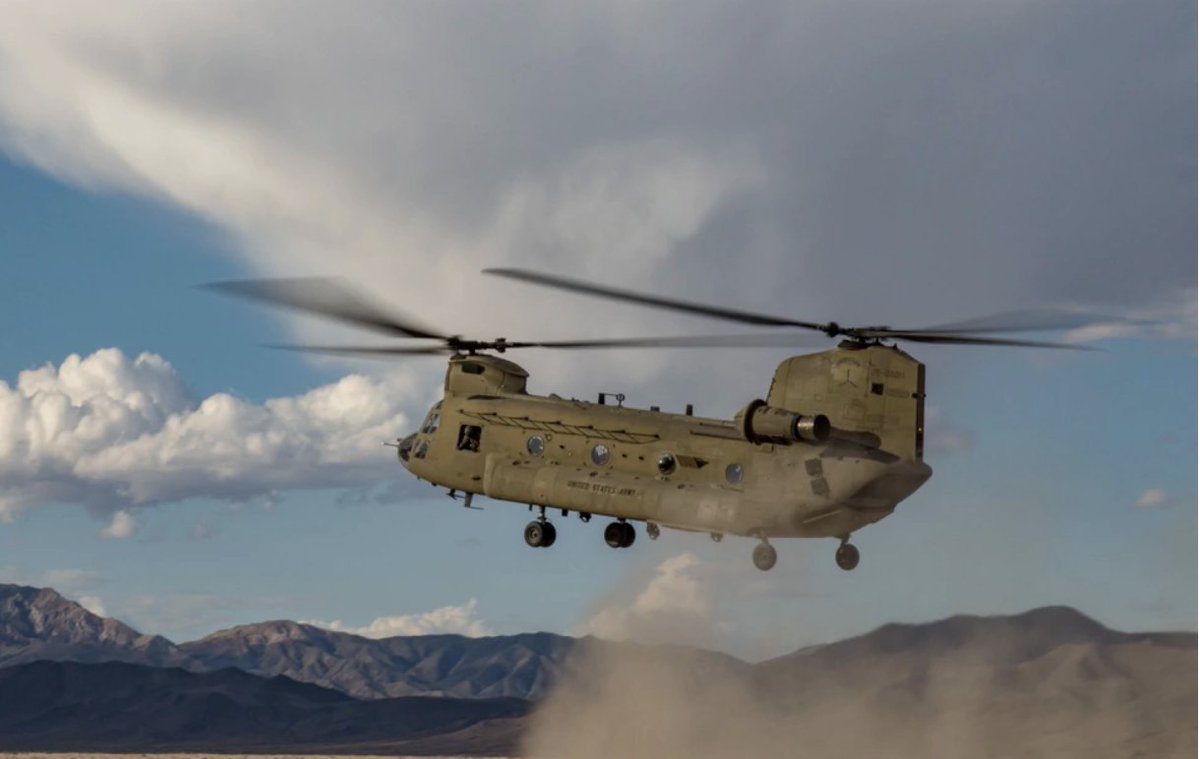
![6 of 45:At this point, air mobility is just a theory. The thinking was that @USAirForce has air transportation, helicopters won’t get you far on the battlefield, and the @USArmy really need just needs tanks. [some people - @Mother_Of_Tanks - still hold this view] 6 of 45:At this point, air mobility is just a theory. The thinking was that @USAirForce has air transportation, helicopters won’t get you far on the battlefield, and the @USArmy really need just needs tanks. [some people - @Mother_Of_Tanks - still hold this view]](https://pbs.twimg.com/media/Eg7ZWSDWkAEccBR.jpg)
